How to Cultural Tour in Kidepo Valley National Park — Frequently Asked Questions for Luxury Travelers
Unlocking Africa’s Hidden Cultural Gem
In the remote northeast corner of Uganda, where sweeping savannahs dissolve into rugged mountains and timeless valleys, lies Kidepo Valley National Park. This extraordinary wilderness is not only one of the most pristine safari destinations in Africa, but it is also a living tapestry of culture, heritage, and authentic encounters with some of Uganda’s most unique ethnic communities. For luxury travelers seeking an experience that transcends wildlife and stretches into the soul of Africa’s traditions, a cultural tour in Kidepo is a journey into the essence of connection, identity, and memory.
This article explores, in detail, the most frequently asked questions about cultural tours in Kidepo Valley National Park, with a focus on how affluent explorers can enjoy comfort while embracing authenticity. Every section is designed to provide deeper context, thoughtful explanations, and structured clarity, guiding readers toward a richer appreciation of this remarkable destination.
Where Exactly is Kidepo Valley National Park Located?
Kidepo Valley National Park is situated in Uganda’s Karamoja sub-region, bordering South Sudan to the north and Kenya to the east. Covering an area of 1,442 square kilometers, the park is renowned for its remote location, dramatic landscapes, and unspoiled cultural richness. Unlike more frequented Ugandan parks, Kidepo offers an atmosphere of exclusivity, where luxury travelers can enjoy both serenity and adventure without the crowds.
The park is accessible by both road and air. While driving may take up to twelve hours from Kampala, chartered flights reduce the journey to less than two hours, offering a seamless transition for travelers who prioritize comfort and efficiency. This accessibility allows luxury tourists to begin their cultural exploration without enduring exhausting overland journeys.
Why is Kidepo Considered a Cultural Haven?
Kidepo is not merely a wildlife sanctuary; it is also a living stage where ancestral traditions thrive. The Karamoja region, inhabited predominantly by the Karamojong people, has preserved its cultural identity with remarkable resilience. Their way of life—rooted in pastoralism, community cohesion, and deep spiritual beliefs—offers visitors a chance to witness Africa in its most authentic form.
Equally captivating are the Ik people, a small and isolated community residing in the Morungole Mountains, within the vicinity of the park. Unlike the Karamojong, the Ik are agriculturalists with unique rituals, languages, and customs that remain little known to the outside world. For discerning travelers, these cultural experiences are not staged performances but genuine interactions with living traditions.
Thus, Kidepo stands out because it offers not only abundant wildlife such as lions, cheetahs, and elephants, but also the rare opportunity to immerse in authentic cultural heritage that has resisted dilution by modern influences.
How Do Luxury Travelers Experience Culture in Kidepo?
A cultural tour in Kidepo for luxury travelers is carefully curated to balance comfort with authenticity. It is not merely a visit; it is a structured experience designed to inspire, educate, and engage. High-end lodges and tented camps within and around the park provide a base where guests can enjoy fine dining, spa treatments, and elegant accommodations while venturing out to meet communities.
During these tours, luxury travelers are often accompanied by professional cultural guides who bridge language barriers and provide nuanced explanations of customs, ceremonies, and traditional practices. Activities may include visits to homesteads, participation in dance rituals, storytelling sessions with elders, and exploration of traditional crafts. Each encounter is respectful and reciprocal, allowing visitors to engage without intruding on cultural dignity.
The experiences are arranged in ways that preserve both privacy and intimacy, ensuring that travelers enjoy cultural immersion without the discomfort of overcrowding or rushed engagements.
What Communities Can Be Visited in Kidepo?
Two distinct cultural groups dominate the Kidepo Valley experience: the Karamojong and the Ik.
The Karamojong are known for their distinctive dress, often adorned with colorful beads, and for their enduring pastoral lifestyle. Their homesteads, known as manyattas, are organized into communal circles, reflecting their deep sense of unity. Visitors often engage in learning about cattle-keeping traditions, initiation ceremonies, and the spiritual importance of livestock in their society.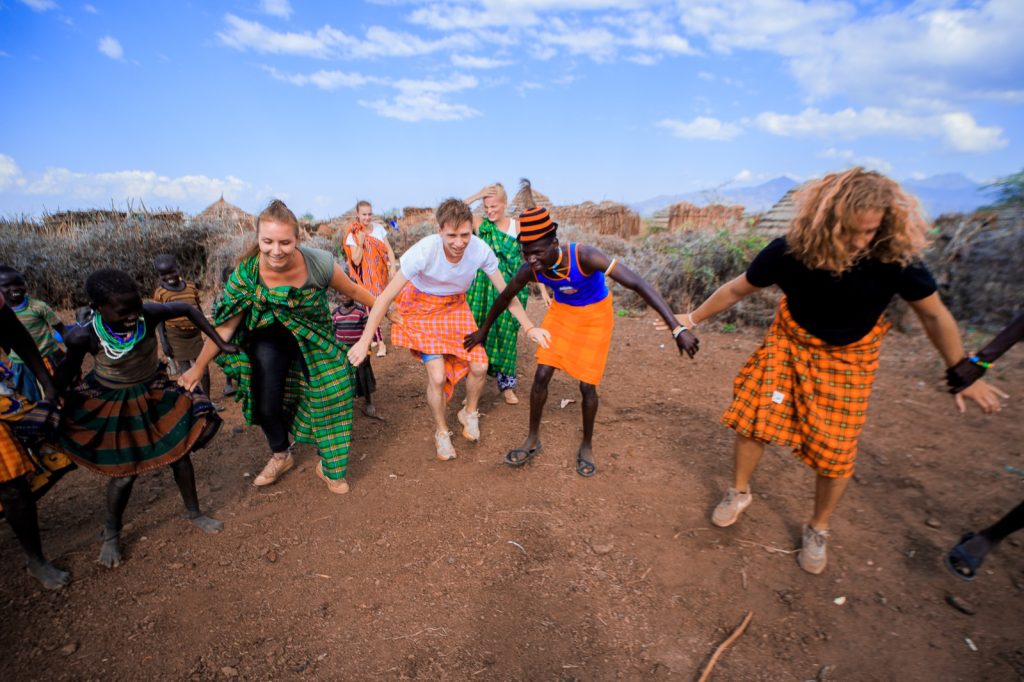
The Ik people, on the other hand, live in the highlands and offer a vastly different perspective. Their remote mountain villages require guided treks, which add an adventurous dimension to cultural tours. The Ik are celebrated for their unique dances, music, and social rituals. Unlike the Karamojong, whose cultural life revolves around cattle, the Ik embody an agricultural ethos, and their stories often reflect the struggles and triumphs of survival in isolation.
Together, these communities present a dual experience—one pastoral and expansive, the other agrarian and intimate—giving travelers a holistic understanding of Uganda’s cultural diversity within a single region.
How Does One Respect Cultural Protocols During Visits?
A question frequently asked by luxury travelers is how to engage respectfully with indigenous communities. Cultural tourism in Kidepo is structured around mutual respect and understanding, with tour organizers ensuring that interactions follow traditional protocols.
Travelers are advised to observe simple etiquette such as dressing modestly, asking before taking photographs, and showing humility when entering homesteads. Guides often brief visitors beforehand, explaining the cultural significance of certain gestures, rituals, and spaces. Luxury travelers benefit from this mediation, as it allows them to connect authentically while avoiding misunderstandings.
Furthermore, cultural tours are designed to ensure that the local communities benefit directly, whether through financial contributions, employment opportunities, or cultural preservation initiatives. This approach guarantees that visits are not exploitative but supportive of sustainable development.
What Kind of Activities Define a Cultural Tour in Kidepo?
A cultural tour in Kidepo unfolds through a series of structured experiences that highlight both daily life and ceremonial practices. Travelers may be welcomed by rhythmic traditional dances performed around the warmth of an evening fire, or they may engage in conversations with elders who recount oral histories passed down for generations.
Visits to manyattas reveal how families organize themselves, raise livestock, and build resilient societies. Some tours include demonstrations of traditional craftsmanship such as beadwork or spear-making, allowing guests to witness the artistry embedded in ordinary life.
For those visiting the Ik, treks into the highlands lead to remote villages where rituals such as harvest celebrations, initiation ceremonies, and communal feasts provide deep cultural insights. The physical effort required to reach the Ik enhances the sense of exclusivity, offering travelers the feeling of discovering a hidden world preserved by mountains.
Every activity is curated to ensure that travelers enjoy comfort, safety, and exclusivity while being immersed in authentic cultural rhythms.
How Safe and Comfortable is the Experience for Luxury Travelers?
One of the central concerns for high-end visitors is safety and comfort. In Kidepo, cultural tours are conducted with meticulous planning. Professional guides and security escorts ensure that journeys to villages and communities are both safe and smooth. Local partnerships further guarantee that visitors are welcomed warmly, with communities informed in advance of cultural exchanges.
In terms of comfort, luxury lodges and tented camps such as Apoka Safari Lodge redefine wilderness living with spacious cottages, gourmet dining, and stunning views over the savannah. After days of cultural immersion, guests can return to sanctuaries of calm where spa treatments, fine wines, and private pools await. This harmony between exploration and relaxation is what makes cultural tours in Kidepo especially attractive for luxury travelers.
When is the Best Time for a Cultural Tour in Kidepo?
The dry seasons between December to March and July to September are considered the most favorable for cultural tours in Kidepo Valley National Park. During these months, travel is easier, and cultural activities often coincide with communal gatherings, dances, and ceremonies. The dry climate also makes treks into the Morungole Mountains more comfortable, ensuring that visits to the Ik communities are accessible.
However, some travelers prefer the wet season between April to June and October to November, when landscapes bloom with greenery and cultural life integrates agricultural rituals. While travel conditions may be more challenging, the wet season reveals another dimension of cultural expression, particularly among the Ik, whose harvest rituals are bound to the land’s fertility.
For luxury travelers, the choice often depends on personal preference, but with chartered flights and high-end accommodations, comfort remains assured throughout the year.
How Do Cultural Tours Integrate with Wildlife Safaris?
Kidepo is famed for its abundant wildlife, and luxury travelers often wonder how cultural tours fit into the broader safari experience. In reality, cultural encounters complement wildlife viewing perfectly. Mornings may be devoted to game drives across the Narus Valley, where herds of buffalo and elephants roam, while afternoons and evenings are reserved for cultural explorations.
The juxtaposition of witnessing lions in the wild followed by sitting with Karamojong elders creates a dual narrative of nature and humanity coexisting in timeless balance. This synthesis is what makes Kidepo so distinctive: it is not simply about observing animals, but about immersing in the human stories that share the same landscapes.
Why Should Luxury Travelers Choose Kidepo for Cultural Tourism?
Kidepo Valley National Park offers something rare in modern travel: the chance to step away from staged performances and into living traditions. Unlike destinations where culture is commodified, Kidepo’s remoteness ensures authenticity. Luxury travelers can thus enjoy the assurance that every song, every dance, and every ritual is not performed for profit alone but is a reflection of genuine identity.
Additionally, the exclusivity of the park—combined with world-class accommodation and professional guiding—ensures that the experience is both luxurious and meaningful. The rarity of encountering other tourists further heightens the sense of privilege, making cultural tours in Kidepo not just memorable but transformative.
A Journey into the Soul of Uganda
A cultural tour in Kidepo Valley National Park is more than an itinerary; it is a profound encounter with Africa’s heritage. For luxury travelers, it offers the perfect blend of exclusivity, comfort, and authenticity. From the pastoral rhythms of the Karamojong to the mountain rituals of the Ik, every interaction reveals layers of resilience, artistry, and humanity.
Kidepo is not merely visited—it is experienced, felt, and remembered. For those seeking a safari that goes beyond wildlife into the heart of culture, Kidepo stands unparalleled.
For an unforgettable cultural and wildlife journey into this hidden corner of Uganda, travelers are encouraged to book their African tours and safaris through WildHorn Africa, a trusted specialist in creating bespoke experiences that honor both luxury and authenticity.

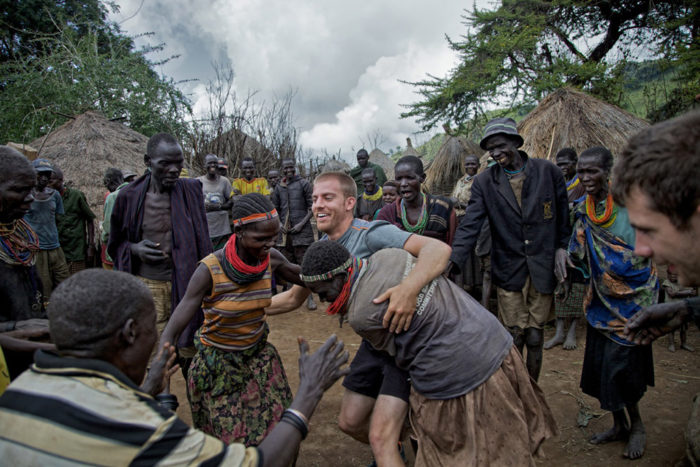
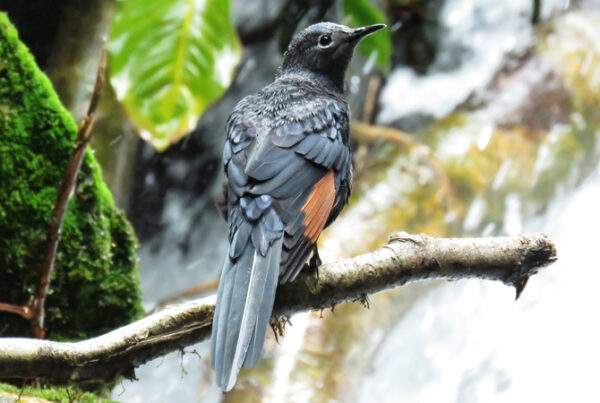
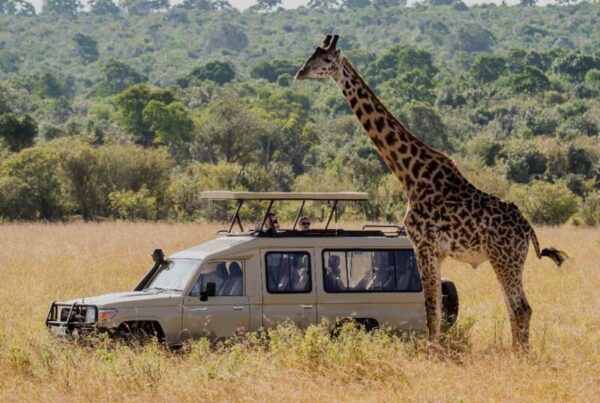
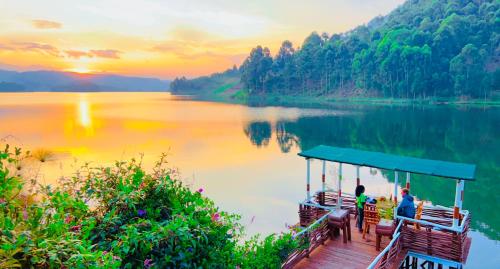
 WildHorn Africa – Authentic and unforgettable tours across Africa, guided by local experts who know the land, wildlife, and culture best.
WildHorn Africa – Authentic and unforgettable tours across Africa, guided by local experts who know the land, wildlife, and culture best.


